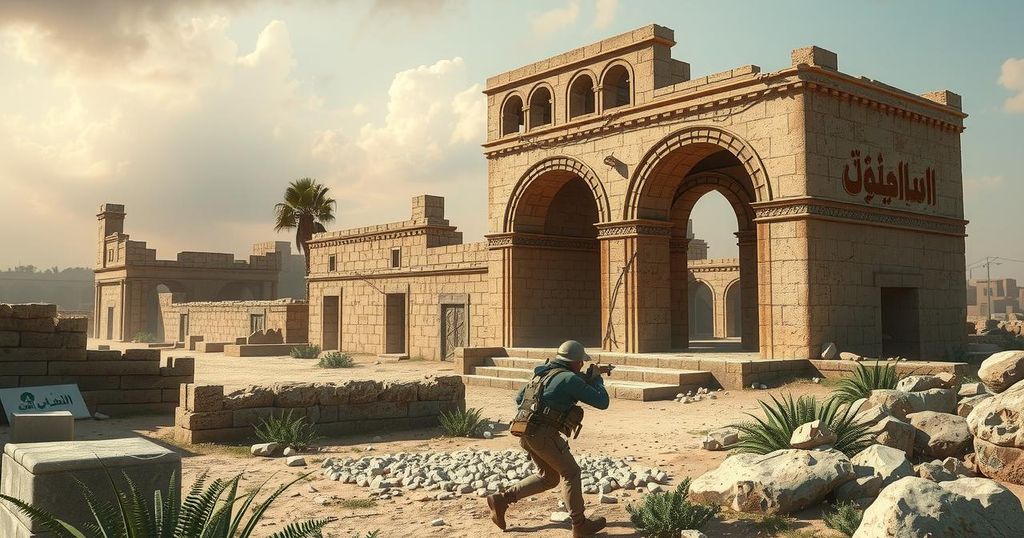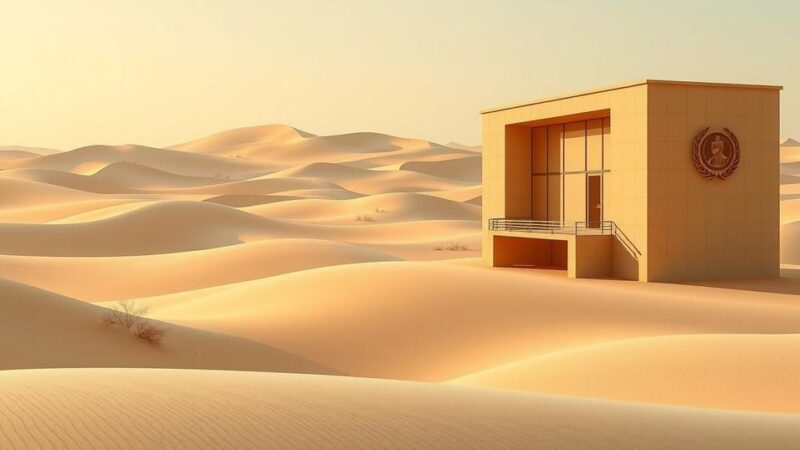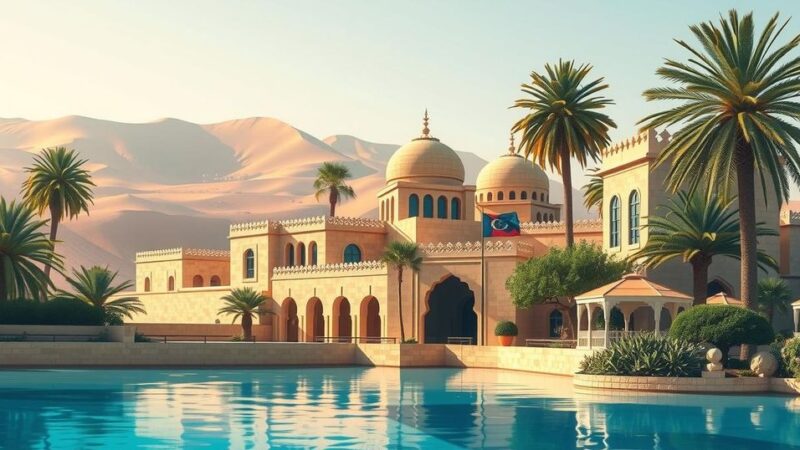Daraa, a crucial town in southwestern Syria, known as the cradle of the revolution, played a significant role in the 2011 uprising against the Assad government, leading to the Syrian Civil War. Although it is located near the Jordanian border and serves as a vital transport hub, Daraa has also been the site of renewed conflict, particularly highlighted by the recent takeover by Hayʾat Tahrir al-Sham in 2024. Daraa is renowned for its agricultural significance and historical sites, contributing to its complex identity.
Daraa, located in southwestern Syria and known as the chief town of the Ḥawrān region, holds historical significance as “the cradle of the revolution.” It became a focal point during the 2011 protests against President Bashar al-Assad’s regime, igniting what eventually transformed into the Syrian Civil War. Positioned less than six miles from the Jordanian border, Daraa acts as a crucial junction for commerce and transportation between Amman and Damascus.
The town features remnants from the Greco-Roman era and a mosque constructed in 1253. It was also near the site of the pivotal Battle of the Yarmouk River in 636, which marked the defeat of Byzantine forces by Arab forces. Despite experiencing governmental neglect, including an absence of local industries, Daraa remains a key market center and garrison town. The unrest in 2011 began when local teenagers were arrested for graffiti advocating for regime change, leading to widespread protests and unrest that would characterize the Syrian landscape for years.
Following a period of relative calm, where Daraa remained under government control, conflicts flared anew in late 2024. This resurgence was marked by the capture of Daraa by Hayʾat Tahrir al-Sham, a significant rebel faction, showcasing the town’s continuing relevance in Syria’s complex conflict dynamics. Economically, Daraa is critical for agriculture, particularly grains such as wheat and barley, thanks to government programs implemented in the late 20th century aimed at enhancing agricultural output and land cultivation.
Daraa’s historical context is deeply intertwined with its role in the contemporary conflict landscape of Syria. As a town with a rich Greco-Roman heritage, it serves as a cultural landmark, while its geographical position as a transport hub accentuates its strategic importance. The 2011 protests were fundamentally rooted in dissatisfaction with government treatment and economic issues, ultimately igniting a civil war that reshaped the region. The town’s agricultural significance illustrates its economic potential, even amidst ongoing conflict, underscoring the duality of Daraa as both a cultural bastion and a battleground.
In conclusion, Daraa is a town emblematic of both historical significance and contemporary strife. It serves as a reminder of the profound impacts of political unrest, beginning with the protests against governmental oppression and evolving into an international crisis. The town’s agricultural capacity and rich history juxtapose the harsh realities of its ongoing conflicts, illustrating the complexities faced by its inhabitants. As the situation continues to evolve, Daraa remains a focal point for understanding Syria’s past and present.
Original Source: www.britannica.com






